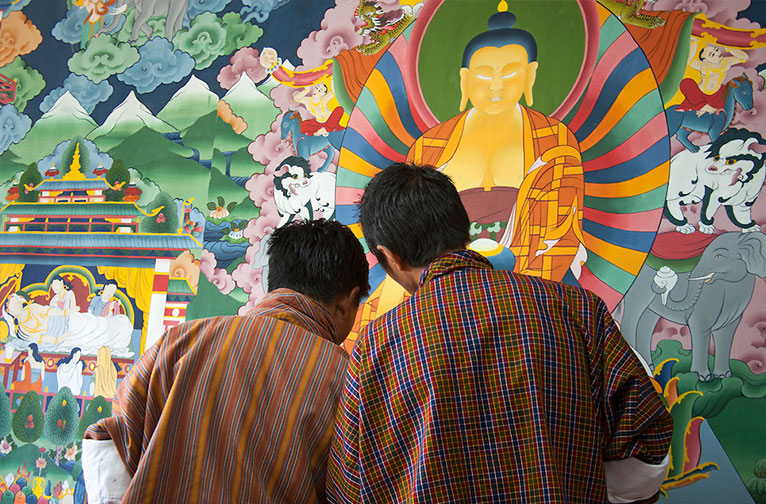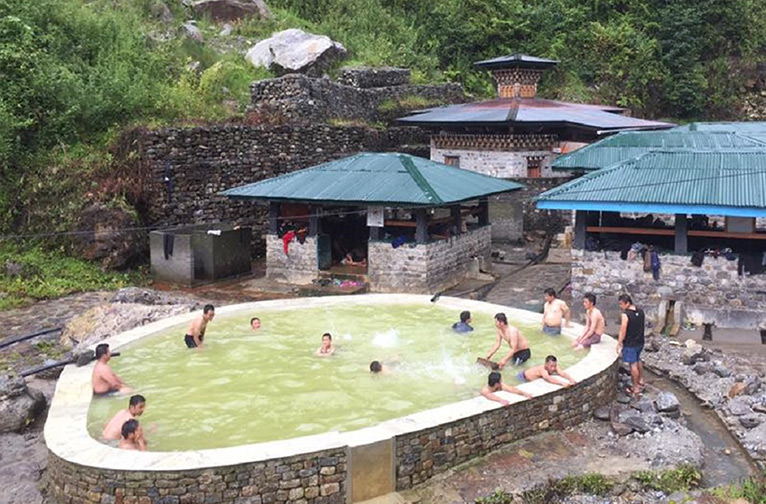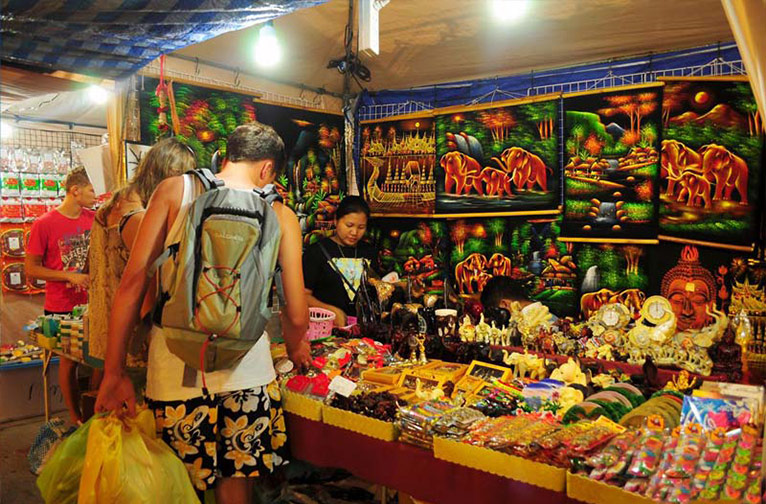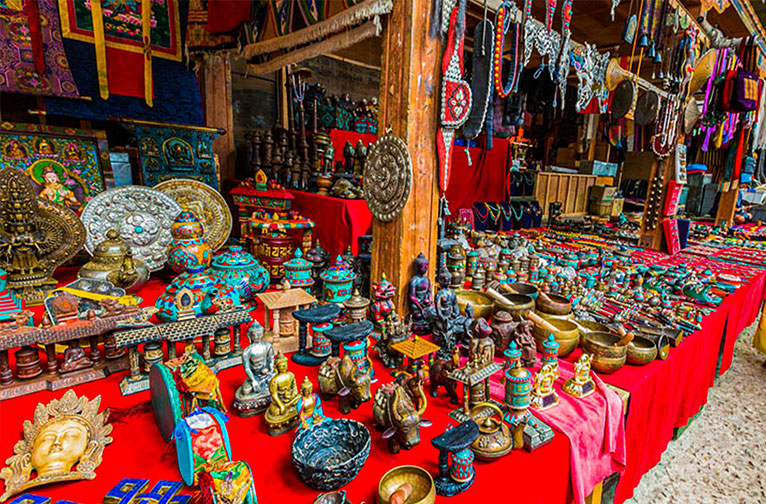Blessed with stunning beauty, this remote kingdom in the Himalaya has fought fiercely to hold out against mass tourism to protect its culture and natural environs.
It was with reluctance it allowed the global travelling community to share its many wonders in 1974. Even then, HH Jigme Singye Wangchuck, Bhutan’s fourth king, did so with strictures enshrined in its concept of ‘High Value, Low Impact Tourism’.
Reclusive Bhutan has remained true to its course for sustainable living practices, even though the rising numbers in tourist arrivals were tempting to bump up its economy. Underpinning Bhutan’s approach to the value of tourism is its concept of Gross National Happiness. This innovative index measures the population’s collective happiness and well-being; the outcomes reflected by economic Gross Domestic Product pale in the face of this outlook. In fact, the role of GNH is so important it was enshrined in the Constitution of Bhutan enacted in July 2008. It is a pivotal force in shaping the country’s policies.
Having gone through the trials and tribulation of the pandemic, this carbon-negative country is even more charged up to rethink, rejuvenate and reinvent itself on the tourism front.
The protection of its natural and cultural heritage, dating back centuries, resonates well with today’s world-weary traveller, edgy with worries of Climate Change and its outcomes. Bhutan’s centuries-old pursuit of sustainable living practice is in sync with today’s growing momentum for more sustainable lifestyle choices.
Travellers love how in Bhutan, the past and present are easy companions. While they can imbibe of the riches of its ancestral highs, the country has opened up to share this with modern day comforts. Popular destinations such as Paro, Thimphu, Punakha, Gangtey, and Bumthang offer a wonderful introduction to the many charms of Bhutan’s past and present. Leading global luxe hotel chains of today such as Aman, Le Meridien, Como and Six Senses, serve as an excellent base for your adventures in Bhutan’s past.
Bhutan’s strong environmental values are a lesson for other nations. As we watch adventure travel reach extreme heights, it’s worthy to note how in the 80s’ Bhutan protected its mountains by banning climbs beyond 6,000m.
uddhism, dating back to the 8th century is a mighty force that shapes Bhutan’s spiritual mores and cultural pursuits to this day. The most evocative image of Buddhism’s connection with Bhutan resonates with the child within us. The idea of Guru Padmasambhava flying to a secret cave…not on a magical flying carpet, but a ‘flying tigress’ turned that old fairytale on its head…And that cave…not Ali Baba’s treasure trove of material wealth, but a rich treasury of spiritual sustenance.
Myths such as these abound in the folds of this remote mountainous kingdom. Curious present-day travellers can embrace them and weave them into the inedible memories of the places they visit. Insta moments colour your journey as you move from one stunning dzong to the next. Steeped in history and monastic nuances, Bhutan’s legendary dzongs serve as fabulous backdrops to dancing monks and teeming crowds of citizens and tourist during the annual festivals held in their massive stone flagged courtyards. Don’t miss the fabulous culture of the Thimphu festival. Later, try your hand at archery, the ancient martial skill of the Bhutanese.


With the recent opening up of the Trans Bhutan Trail, trekkers can reconnect with that might network connects a network of mountain trails and rugged routes which served nomads and traders over the centuries to travel from settlement to settlement. You don’t need to follow the entire trail; even if you do some piecemeal, you will be richly rewarded with grand mountain vistas and wondrous community interfaces along the trail. A hot mineral spring (Tshachu) ritual introduces you to time- honoured wellness and cleansing practices amongst the locals. The Gasa Tshachu or the Gasa hot springs should definitely be on your bucket list.
In the popular shops around Norzim Lam Street in Thimphu look for traditional souvenirs which reflect the "Zorig Chusum" (Thirteen Crafts) protected for their cultural importance. These include: Traditional Painting, Sculpturing, Wood Carving, Calligraphy, Paper making, Bronze Casting, Embroidery, Weaving, Carpentry, Masonry, Bamboo and cane weaving, Gold/Silver Smithy and Blacksmith’s work. The National Institute of Zorig Chusum also has a retail outlet. If you are entranced by the kira (what women wear) you can get one designed along more modern lines. Take back a bit of Bhutan’s past from the range of textiles such as Bumthap or Yathra woven from sheep's wool and yak hair, Bura textiles from the weavers in Rahi and Bidung village, Adang Rachu, Mathra and Khamar wovens from Adang Village. In Paro, Cheencho Handicraft is great for a range of local handicrafts.


Tempting experiences of Bhuta’s past and present are a aplenty to indulge the curious traveller of all ages. This exclusive destination really must be on your wish list many times.